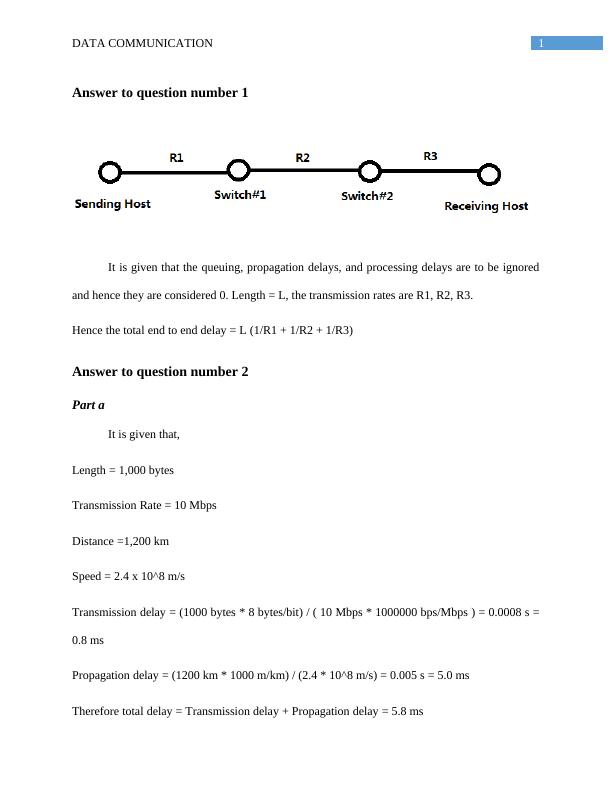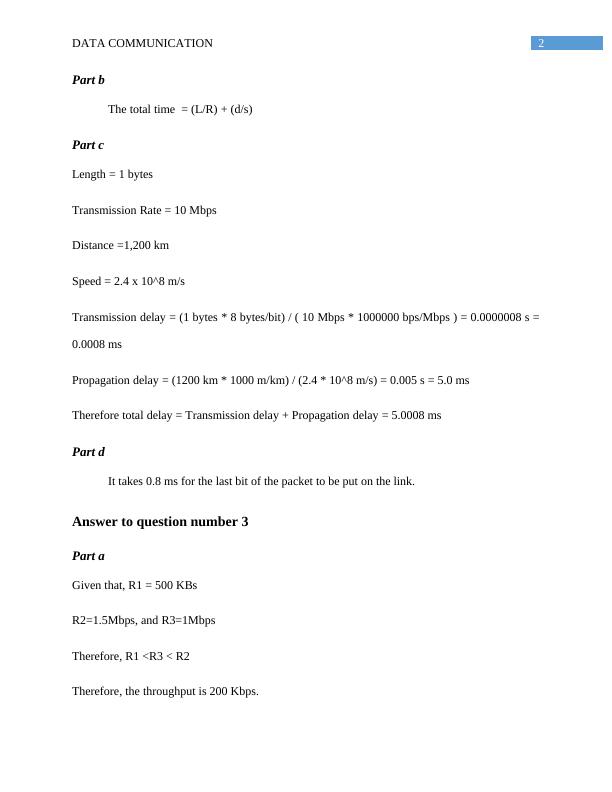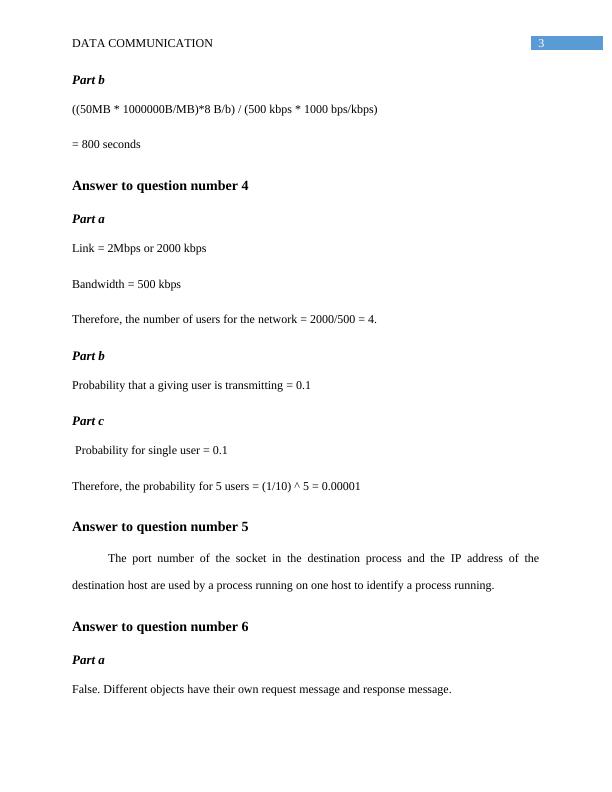Data Communication Question Answer 2022
Investigating protocols in operation using Wireshark to explore aspects of the HTTP protocol.
13 Pages1111 Words14 Views
Added on 2022-08-13
Data Communication Question Answer 2022
Investigating protocols in operation using Wireshark to explore aspects of the HTTP protocol.
Added on 2022-08-13
ShareRelated Documents
End of preview
Want to access all the pages? Upload your documents or become a member.
Computer Organization and Architecture : Assignment
|6
|778
|175
Network of Foundations Working for Development
|10
|1219
|16
Telecommunications Network Assignment II - Desklib
|15
|1481
|174




